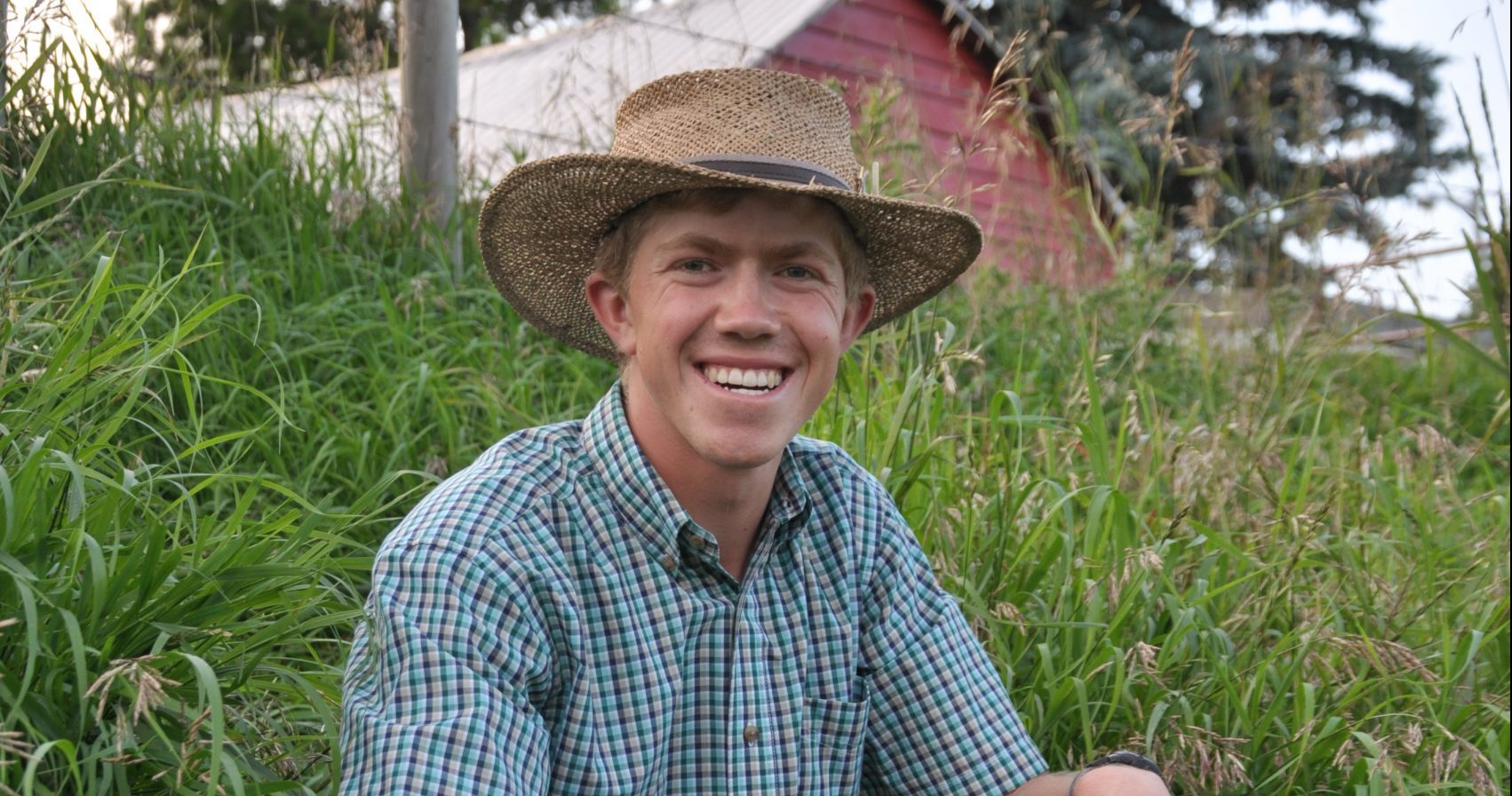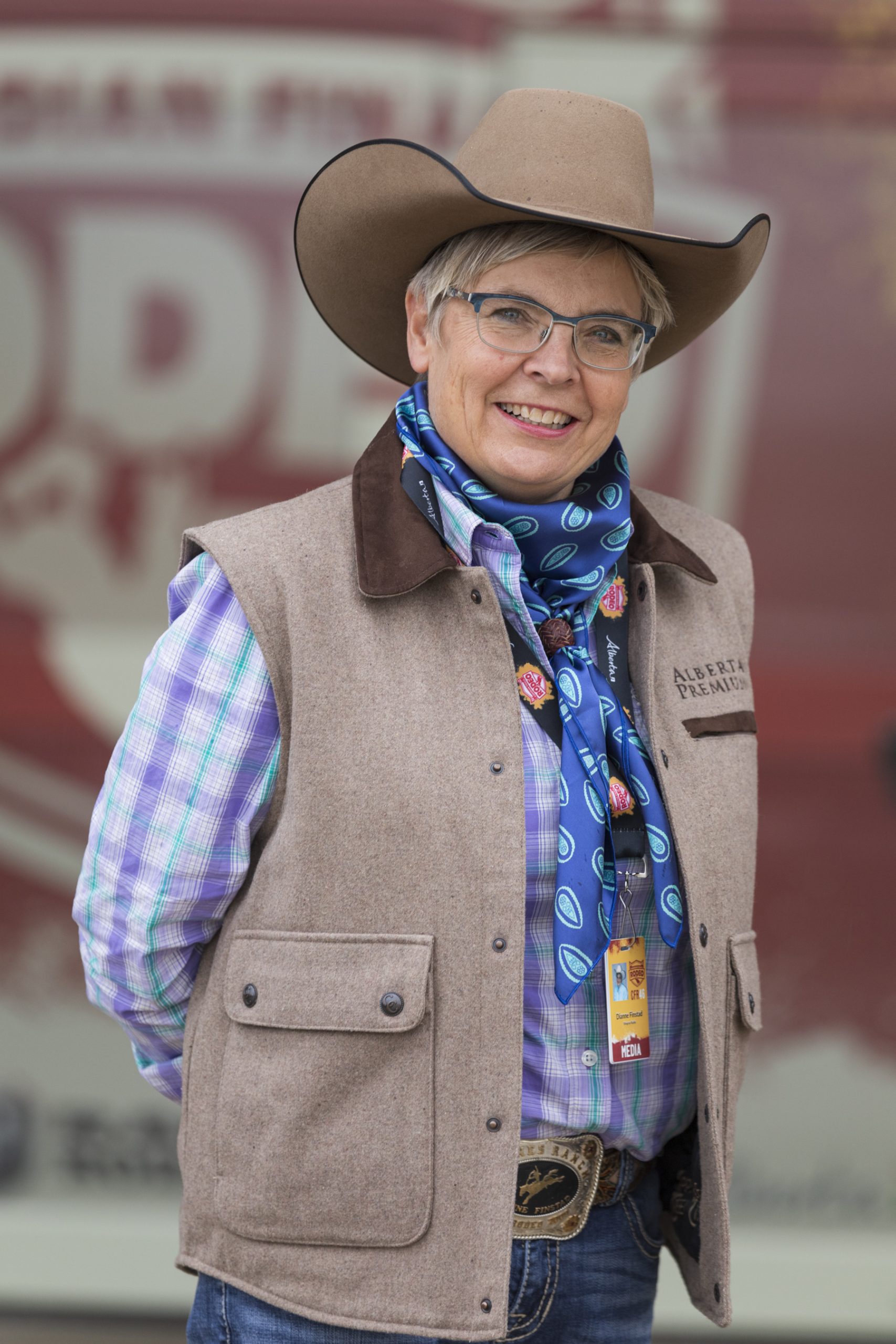AB Direct - Steers
Rail: 495.00 del
AB Direct - Heifers
Rail: 495.00 del
US Trade- Steers
Rail: 355.00-363.00 (IA, NE)
US Trade - Heifers
Rail: 355.00-363.00 (IA, NE)
Canadian Dollar
0.05

Igniting the future of agriculture – David MacTaggart
Editor’s Note: This is the second part of a two-part series that was originally published together in ABP, the magazine. Please also check out the first portion, featuring Jessica Sperber.
If you ever need to rejuvenate your enthusiasm for being in the beef industry, spend a little time with young people like these two Albertans. They’re out there – outstanding leaders excited for a future in agriculture. They expand our minds beyond traditional career thinking as they discover new and interesting ways of playing a role in today’s complex, data driven and multifaceted journey from the pasture to the palate. And hang on…their passion is contagious!
David MacTaggart
David MacTaggart sees himself as an ambassador for agriculture and is embracing a role in science to help fulfill that ambition.
He was fortunate to have early contact with agriculture on the family’s small hobby farm near Lacombe, which enabled an active 4-H career. But he also spent lots of time at his mom’s family farm near Camrose.
“It was something we were always involved with and connected in,” says MacTaggart. “Probably like a lot of kids involved in the ag industry, I always wanted to be a farmer. Once I got into high school, looking at different spots I could contribute, not coming from a family farm, I thought ag research was a good path for me.”
I have a bit of a preference for that public good ag research, and definitely the technicians and scientists were great people to learn from. I still keep in contact with them.
It helped being in a community where ag research is high profile, with both Agriculture Canada and, at the time, Alberta Agriculture research facilities.
MacTaggart spent several summers with the Ag Canada agronomy and weeds crew, under weed scientist Dr. Neil Harker and then his successor, Dr. Breanne Tidemann.
“I have a bit of a preference for that public good ag research, and definitely the technicians and scientists were great people to learn from. I still keep in contact with them.”
MacTaggart went on to take his degree in Crop Science at the University of Saskatchewan, finishing as the top graduating ag student in 2020. Along the way, his path led to forage crops.
“I took an Introduction to Grasslands Management from the gentleman who’s now my graduate supervisor, Bill Biligetu. It just piqued my interest because it’s a space where you can work quite closely with producers, while still being a researcher. I could see applications on our small farm here, in addition to my family members as well. Seeing that close connection to value is something I really enjoy.”
MacTaggart likes how forages bring cows and crops together. “Moving forward into a future where we need to demonstrate how the agriculture industry is working to be environmentally sustainable, I think that’s actually a real strength we can leverage – of getting cattle onto crop land.”

MacTaggart enjoyed forages so much, it’s what he chose to do his master’s studies in, when he settled on the University of Saskatchewan for graduate work. He liked being able to work with the Livestock and Forage Centre of Excellence there, and opportunities offered for extension through conferences and field days. The pandemic changed that plan, so he’s been looking for other ways to share, being active on ag Twitter and doing Facebook videos about his research projects.
“While it’s not the same as reaching out, shaking hands, and talking with people about their operations, it’s something that’s good enough for now,” he comments.
MacTaggart is also involved with the Saskatchewan Forage Council as a director.
“I’ve already learned a lot, engaging in all those different aspects of the forage industry – with researchers, producers, industry, government.”
He adds the governance training is another plus, and already has him interested in participating in other agricultural organizations.
I love science, I love being outdoors with the ag industry, but probably my first love is the people.
MacTaggart hopes to deliver value for both farmers and other followers with his forage research videos, explaining the story of the why, and not just streams of data. He’s always realized the need for expanding horizons with the agriculture message. Taking his high school in Red Deer, he met classmates who’d never seen beef cattle, despite living in agriculture-rich central Alberta. Out of a class of 500, he was one of only two students to take an ag-related post-secondary program.
MacTaggart cultivated his consumer awareness efforts by founding a 4-H gardening club in Lacombe, attracting more urban young people or new Canadians to give them a 4-H and agriculture experience.
At university, he wanted to help give first year ag and international students a taste of what agriculture was really like in Saskatchewan. As Vice-President of the Ag Students Association, he helped revamp an annual event into a ‘Farm to Fork Tour’ and filled a bus with participants to tour the feedlot at the Forage Centre of Excellence, the Black Fox Farm and Distillery, and an egg processing facility. Along with gaining an awareness of various aspects of the food chain, some attendees even found jobs with connections made on the tour.
MacTaggart is a big fan of broadening the pool of people involved in the ag industry, seeing benefits on both ends, with the broad range of career options available, and the great skills those with non-agricultural backgrounds can provide. So not surprisingly, it is the communication aspect of research MacTaggart is drawn to.
“Generating ideas is what interests me the most, talking with farmers about what they need, figuring out ways to develop research projects out of that, and communicating new information.”
“I love science, I love being outdoors with the ag industry, but probably my first love is the people.”
This is a portion of Dianne Finstad’s article, published in the May 2021 edition of ABP Magazine. Read Part I online, and find more content from the magazine. You can also update your contact information to receive the next issue.


